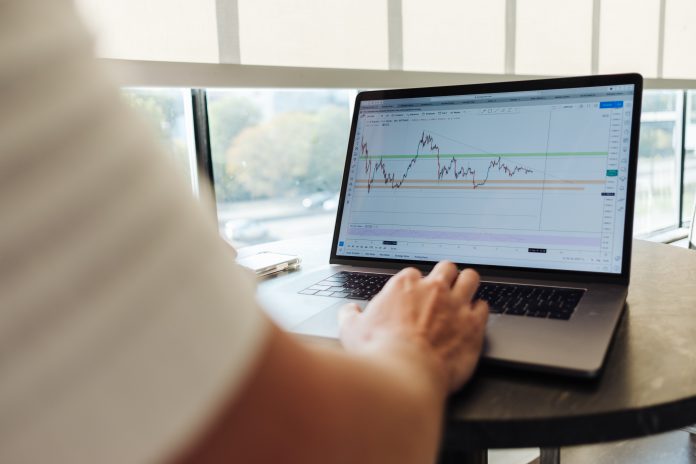Cryptocurrencies are becoming more widespread, but as adoption rises firms will need to ensure they have implemented tailored trade surveillance that understands the market’s intricacies.
Traditional asset trading is filled with regulations and trade surveillance is an important step in identifying any instances of market manipulation, fraud, behavioural patterning or other illicit activity. Trading of cryptocurrencies is still quite new, but exchanges and trading firms will need to adapt their operations to meet the new asset type.
Speaking with Markets Media, Eventus Systems global head of regulatory affairs Joe Schifano explained that more traditional finance firms are entering the digital-asset space. With this, they will need to build their own surveillance programs and work out how to surveil across exchanges.
The core role of trade surveillance will be the same for traditional and digital assets – uncovering foul play. However, there are many differences in how they work and this needs to be bridged.
One of the difficulties with the digital asset space is deciding what type of surveillance is needed. It could be “on-chain” surveillance or “off-chain” surveillance. Shifano said, “If I’m on an equities market-making desk and I want to feed a trade surveillance mechanism, there’s a data lake, or warehouse, to feed that mechanism, and that’s not on the public blockchain. Your surveillance mechanism is only as good as the infrastructure that feeds data into it.”
Then there are the differences in culture, market structure, technology and breadth of coverage between trade surveillance of traditional and digital assets.
This all leads to a different mindset and approach to trade surveillance of digital assets, Schifano said. A core desire is for a system that has flexibility, control and scalability, with more clients asking to see Python scripts in a JupyterLab and to test ideas in a sandbox environment. He said, “They want to control the dials. And, they want experienced surveillance experts to help bridge lessons of the past with technology of the future.”
This desire for flexibility and control could stem from how complex digital asset surveillance can be. While the equities market can be surveilled across exchanges, with digital assets it is an exchange-by-exchange basis. Some places enable 24/7 trading and to eight decimal places, some do not. Due to the variety, some surveillance vendors will not meet certain requirements.
There is also the challenge of how widely available digital assets are. Exchanges offer a range of different assets, and their customers will also be much more varied than a traditional asset exchange. This results in each company having different ideas about how surveillance should look. Schifano said. “And each of these venues has their own theory of what they need to be looking for, based on what’s trading in their markets. There’s a lot of bespoke work needed.”
The market is still evolving and in the coming years Schifano expects to see digital trading venues to implement trade surveillance products and potentially cross-market surveillance.
Schifano said “The market and the technology behind the scenes are constantly evolving, and we are ready to evolve with it. It requires thinking about data in a different way – especially as public blockchains are used more aggressively by market participants. We are thinking about this all the time and expect that market participants are doing the same.”
Read the full story post here.
Copyright © 2021 FinTech Global











